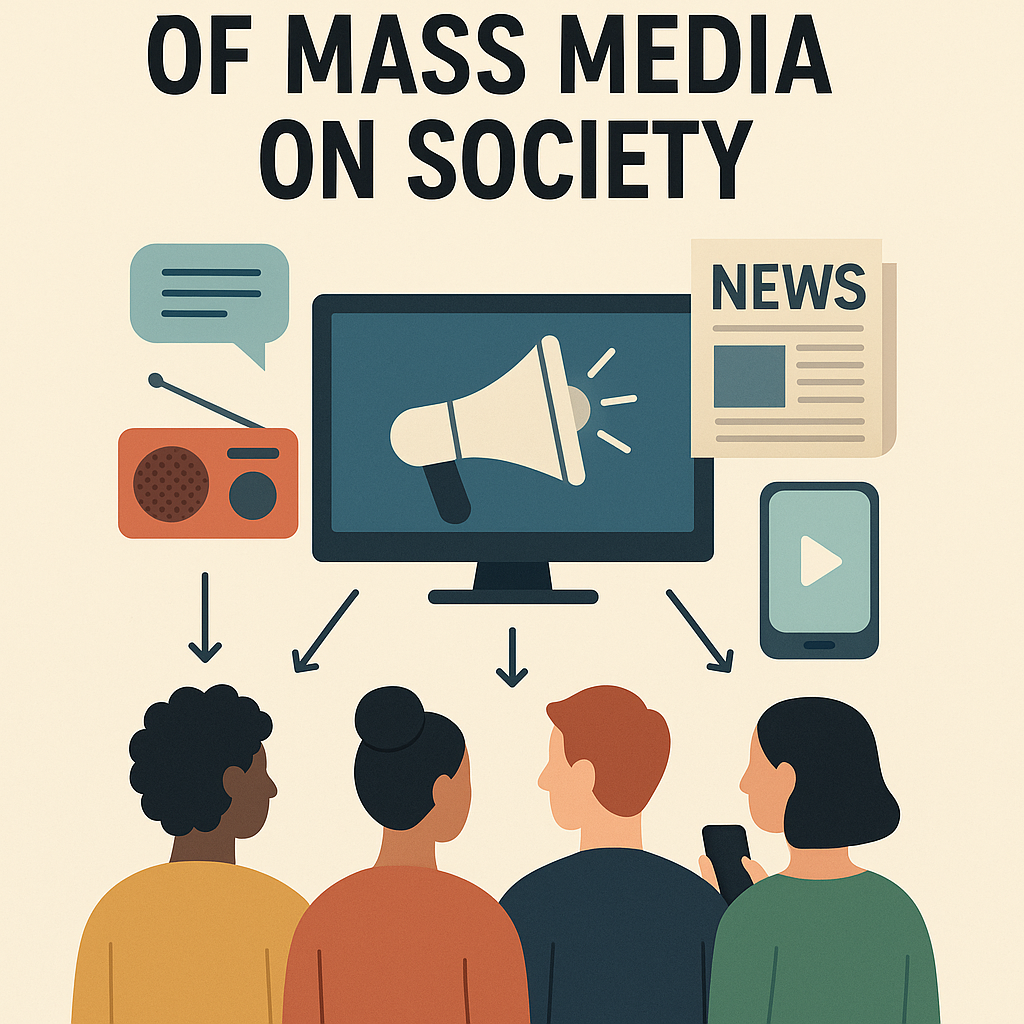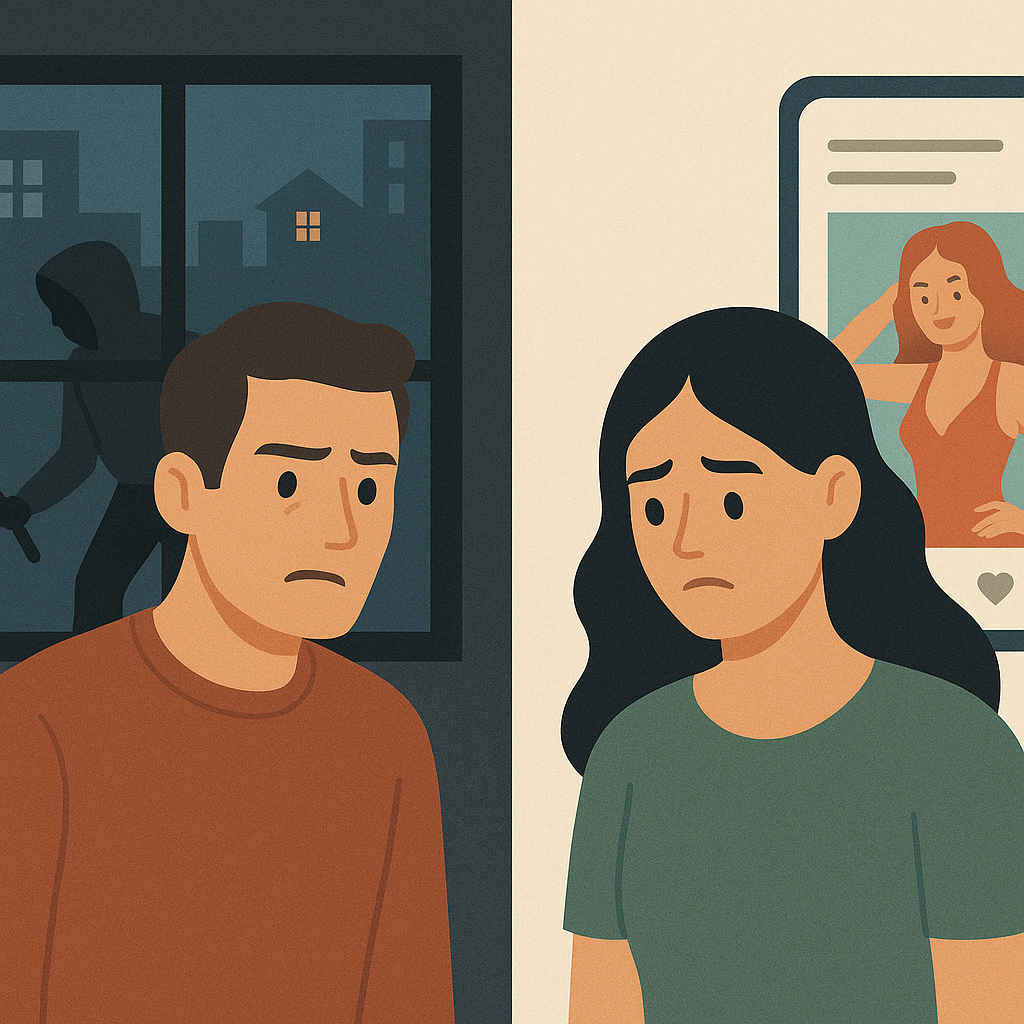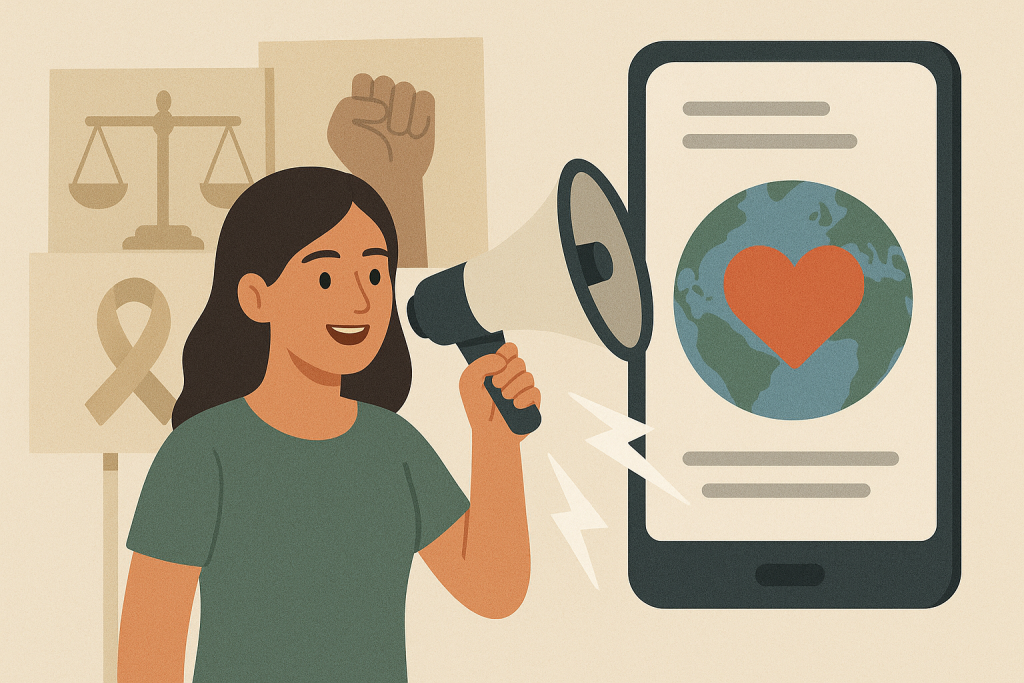
Mass media has always been a mirror of society—but it’s also the brush that paints what we see. From newspapers and television to TikTok and podcasts, media shapes how we understand the world and each other. It tells us what matters, what’s trending, and sometimes, what to believe.
One of the biggest ways media affects us is through agenda-setting. The more an issue appears in the headlines, the more we believe it’s important. Think about how certain political scandals or celebrity stories can dominate the news cycle for weeks. Meanwhile, equally serious topics—like poverty or climate policy—fade quietly into the background. Media doesn’t control what we think, but it does control what we think about.

Over time, repeated messages also shape our perception of reality. This idea, known as cultivation theory, suggests that long-term exposure to certain types of media can subtly influence how we see the world. For instance, people who constantly consume crime dramas or sensational news may start to believe the world is more dangerous than it really is. Similarly, endless social media posts of flawless lives and perfect bodies can make us feel like we’re not measuring up.
Mass media also influences what we consider “normal.” When only a few opinions or lifestyles are shown repeatedly, people with different perspectives might stay silent—a concept called the spiral of silence. This can make society seem more uniform than it really is, narrowing public conversation and discouraging diversity of thought.
Then came social media, changing everything. Now anyone can share, post, and go viral within minutes. While this democratized communication, it also made misinformation spread faster than ever. During the COVID-19 pandemic, for example, false information about vaccines and treatments raced across platforms, sometimes with dangerous consequences. The same tools that unite us can also divide us when used carelessly.
Still, it’s important to remember that mass media isn’t just a problem—it’s also a powerful force for good. It exposes injustice, amplifies marginalized voices, educates the public, and even saves lives during emergencies. Campaigns about mental health, climate change, and equality often find strength through media visibility. When handled responsibly, media can inspire understanding and spark positive change.

In the end, media is neither hero nor villain—it’s a reflection of us. The more thoughtfully we use it, the closer we get to a society that’s informed, connected, and genuinely free.
References
- McCombs, M. & Shaw, D. (1972). The Agenda-Setting Function of Mass Media. Public Opinion Quarterly.
- Gerbner, G. (1998). Cultivation Analysis: An Overview. Mass Communication & Society.
- Noelle-Neumann, E. (1974). The Spiral of Silence: Public Opinion—Our Social Skin. University of Chicago Press.
- UNESCO. (2023). Media and Information Literacy Resources. unesco.org
- WHO. (2022). Managing the COVID-19 Infodemic: Promoting Healthy Behaviors and Mitigating Misinformation.
- Pew Research Center. (2023). How Americans Get Their News in the Digital Age. pewresearch.org

